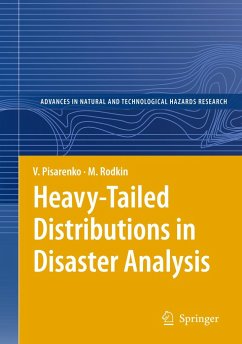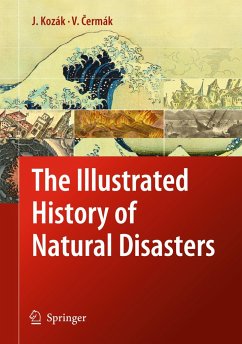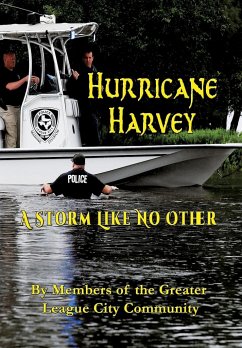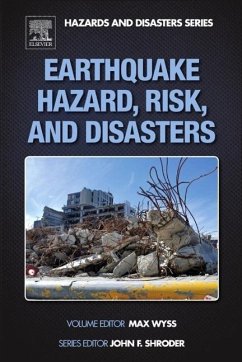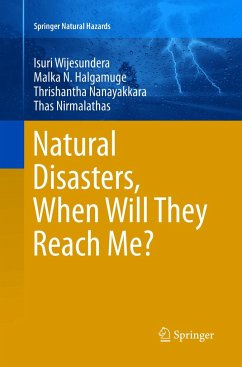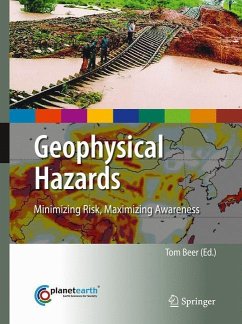
Heavy-Tailed Distributions in Disaster Analysis
Versandkostenfrei!
Versandfertig in 6-10 Tagen
76,99 €
inkl. MwSt.
Weitere Ausgaben:

PAYBACK Punkte
38 °P sammeln!
Mathematically, natural disasters of all types are characterized by heavy tailed distributions. The analysis of such distributions with common methods, such as averages and dispersions, can therefore lead to erroneous conclusions. The statistical methods described in this book avoid such pitfalls. Seismic disasters are studied, primarily thanks to the availability of an ample statistical database. New approaches are presented to seismic risk estimation and forecasting the damage caused by earthquakes, ranging from typical, moderate events to very rare, extreme disasters. Analysis of these latt...
Mathematically, natural disasters of all types are characterized by heavy tailed distributions. The analysis of such distributions with common methods, such as averages and dispersions, can therefore lead to erroneous conclusions. The statistical methods described in this book avoid such pitfalls. Seismic disasters are studied, primarily thanks to the availability of an ample statistical database. New approaches are presented to seismic risk estimation and forecasting the damage caused by earthquakes, ranging from typical, moderate events to very rare, extreme disasters. Analysis of these latter events is based on the limit theorems of probability and the duality of the generalized Pareto distribution and generalized extreme value distribution. It is shown that the parameter most widely used to estimate seismic risk - Mmax, the maximum possible earthquake value - is potentially non-robust. Robust analogues of this parameter are suggested and calculated for some seismic catalogues. Trends in the costs inferred by damage from natural disasters as related to changing social and economic situations are examined for different regions.
The results obtained argue for sustainable development, whereas entirely different, incorrect conclusions can be drawn if the specific properties of the heavy-tailed distribution and change in completeness of data on natural hazards are neglected.
This pioneering work is directed at risk assessment specialists in general, seismologists, administrators and all those interested in natural disasters and their impact on society.
The results obtained argue for sustainable development, whereas entirely different, incorrect conclusions can be drawn if the specific properties of the heavy-tailed distribution and change in completeness of data on natural hazards are neglected.
This pioneering work is directed at risk assessment specialists in general, seismologists, administrators and all those interested in natural disasters and their impact on society.





